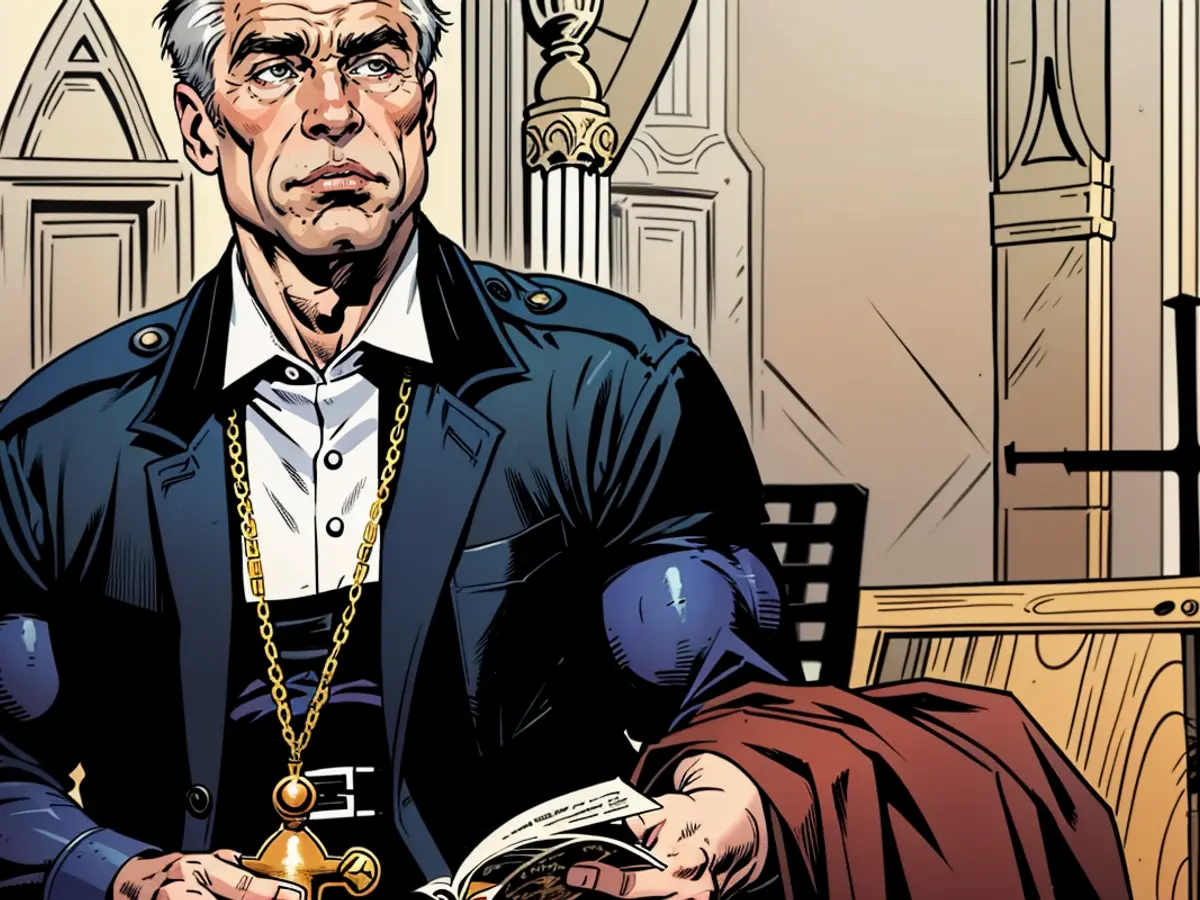- The garrison church serves as a sentinel against the forgetfulness of time.
The Protestant cleric, Bishop Christian Stäblein, views the restored Garnisonkirche tower in Potsdam as a powerful reminder not to forget. "It ought to stand as a lookout post, so we never become devoid of history, so we never forget the pain, chaos, and atrocities carried out in the name of, and on the very grounds of, this institution. It's chilling to even utter - these acts, desecrated and restless, were blessed," Bishop Stäblein of the Protestant Church of Berlin-Brandenburg-Silesian Upper Lusatia, shared before the opening. The bishop mentioned an exhibition by the church that, in his words, "spares no detail and offers an unforgiving gaze at the whole."
Today, the Garnisonkirche will be rededicated with a ceremony and a speech by German President Frank-Walter Steinmeier. The reconstruction has been controversial: Critics point to the "Day of Potsdam," where Reich President Paul von Hindenburg shook hands with Adolf Hitler, the new Reich Chancellor, in front of the church in March 1933. The military church, constructed in 1735, had been destroyed in World War II, and the ruins were demolished in 1968. The tower, in light of this demolition, serves as a landmark against erasure in the landscape and a finger pointing towards God in the heavens, according to Bishop Stäblein.
The civic group "Potsdam without Garnisonkirche" has announced protests. They perceive the church as a "symbol of terror." The Protestant Church aims to transform the new structure into a center for peace work and democratic education.
The Garnisonkirche, previously a symbol of controversy due to its association with historical events like the "Day of Potsdam," is now being rededicated as a center for peace work and democratic education by the Protestant Church. Despite this, the civic group "Potsdam without Garnisonkirche" continues to view the restored church as a symbol of terror, opposing its re-opening.








